If we recommended the Sony ZV-E10 II for many beginner creators last week, why wouldn’t we do the same for the Panasonic S9? At first glance, it looks like an incongruous set of opinions.
Just over a week ago on the PetaPixel YouTube channel, we released our initial look at the Sony ZV-E10 II, which I called “excellent value for the dollar”. A month earlier, Panasonic dropped the S9, a camera Chris and I considered “baffling”, which had a number of similar omissions to Sony’s latest. The comments for the ZV-E10 II review had a common theme, that I was being inconsistent with my views on the two competing cameras. So let’s do a quick rundown of where these two cameras excel and disappoint, the results could well reveal what is the better ‘creator camera’ for you.
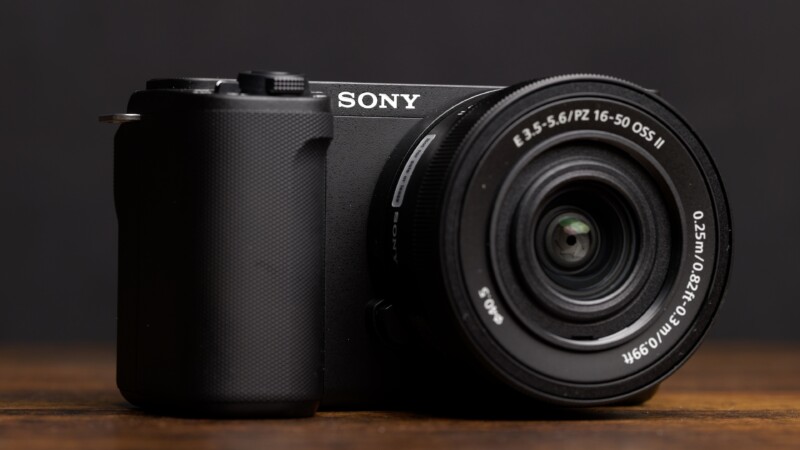
Wait. “Creator camera”?
I think the idea of a vlogging camera is somewhat outdated at this point. The classic format of pointing a camera at your face while walking around is becoming less and less common, but many people still want a camera for recording YouTube and TikTok videos that offer improved image quality and functionality compared to a smartphone. If your chief interest is vlogging, grab a DJI Pocket 3. Want something with more flexibility? The Sony ZV-E10 II and Panasonic S9 are both interesting options. So let’s get to the comparison.
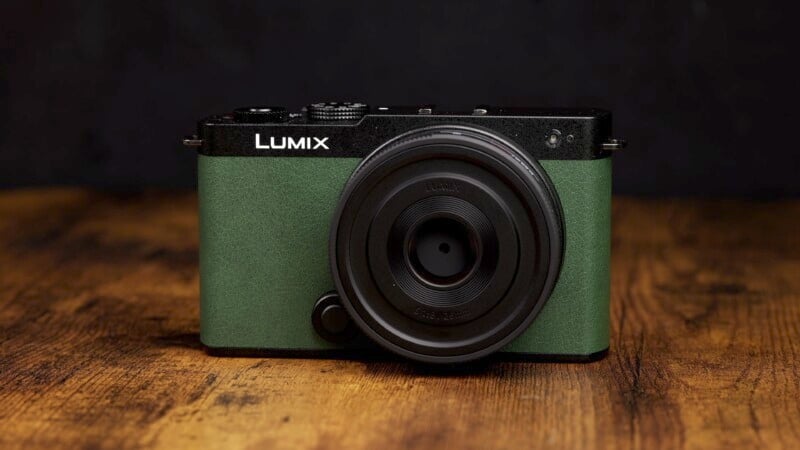
Interface and Handling:
I’ve long loved Panasonic cameras for their embrace of professional video tools, but the S9 is a bit of a departure. I am absolutely not a fan of the gripless, sleek design despite it looking great in hand. The optional SmallRig grip was given to reviewers at launch and I consider it a necessary accessory. The top dial is nice, but the rear dial is incredibly fiddly. My primary concern about the S9 is that it clearly targets beginners, but the video interface has been carried over from higher-end Lumix bodies. So while you have options I appreciate like waveforms, open gate recording and anamorphic de-squeeze, I suspect it will be very intimidating to this camera’s core audience.
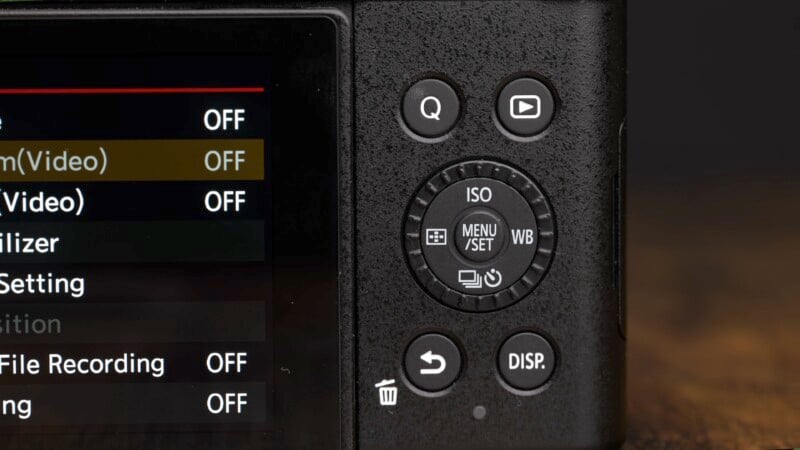
The Sony offers a nice deep grip to accommodate the Z-type battery. I found it very comfortable with smaller lenses, but larger professional optics don’t give your fingers much room to breath. Sony’s interface is clearly designed more for beginners, with a few touchscreen creative controls in auto mode, and easily understood options like a ‘Background Defocus’ button that can get users experimenting with depth of field. Sony does not offer the variety of assist tools provided on the Panasonic, however.
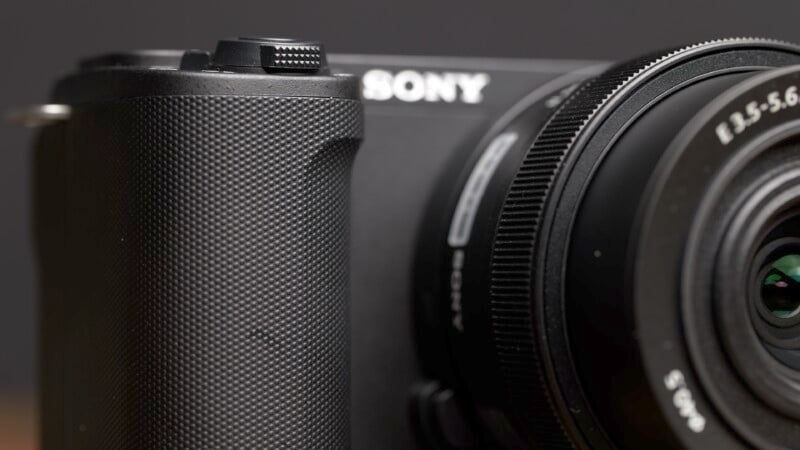
For the intended audience, I think Sony has done a better job of optimizing the camera so it’s easy for beginners to handle. Literally.
Video Quality:
This is a tricky one. The Panasonic has a full frame sensor, but quite an old one. It will give you more dynamic range and improved high ISO performance, as well as some of my favourite profiles, like V-Log and Like-709. However, the slow readout of this dated sensor means rolling shutter artifacts will often appear when panning. As well, 4K/60P is cropped 1.5X to an APS-C sensor region, and no longer oversampled, reducing detail and low light performance.
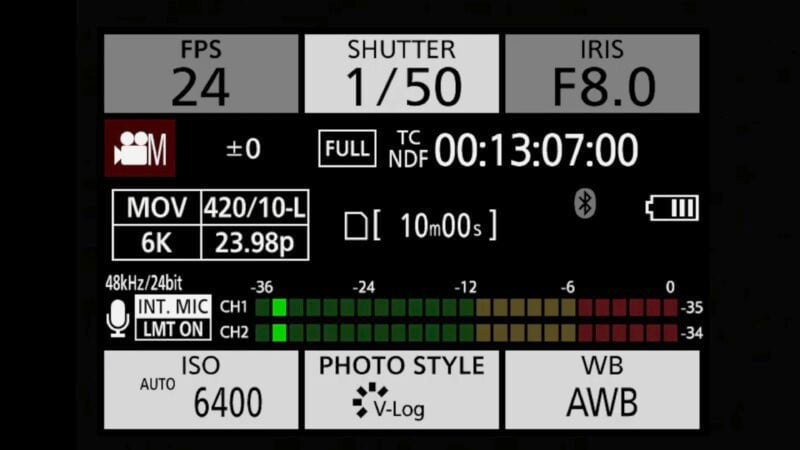
Speaking of APS-C, the Sony sports a significantly smaller, but much more modern sensor. It can record up to 4K/30P without a crop, and 4K/60P is still oversampled, but requires a small 1.1X crop. Sony offers the flexible S-Log3 for maximum dynamic range, and quite nice S-Cinetone for editors looking to minimize grading.
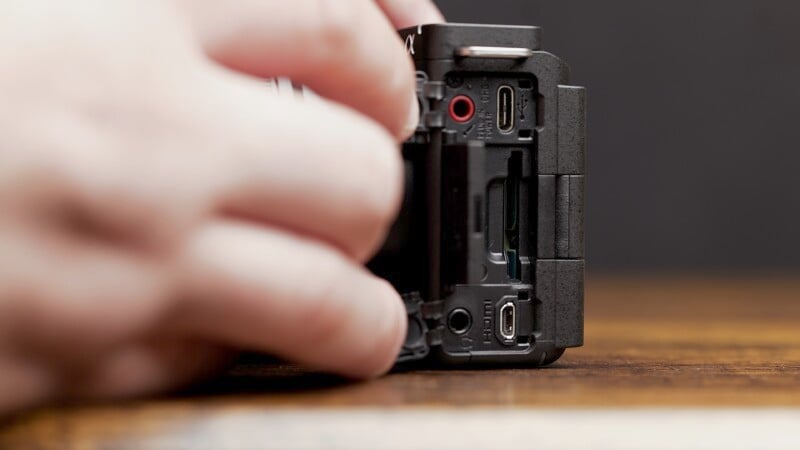
For primarily 60P shooters, I think the Sony is the way to go, but for the majority of shooters, the Panasonic will provide a nicer image in more situations. Panasonic wins here.
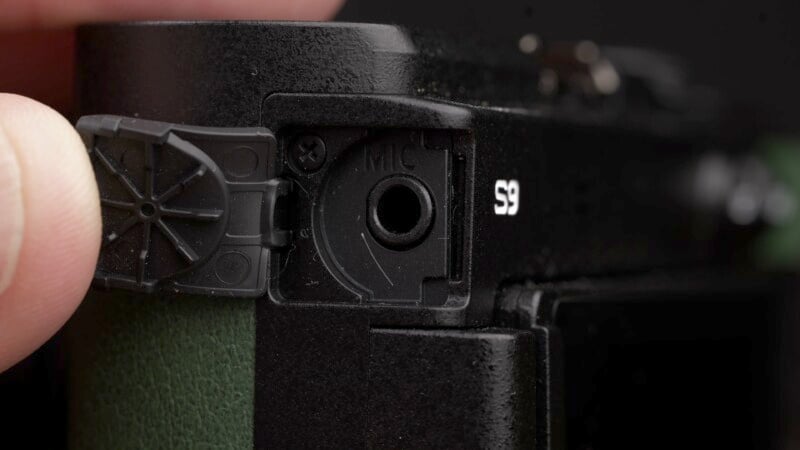
Audio Quality:
Panasonic completely drops the ball here. While there is a mic jack with good pre-amps, the lack of a headphone for monitoring audio is a glaring omission. You can’t even use a dongle in the USB-C port, like on many Fujifilm cameras. As well, the top shoe has no electrical connections, so you won’t have access to the fantastic XLR adapters Panasonic produce, compatible with most of their other cameras.
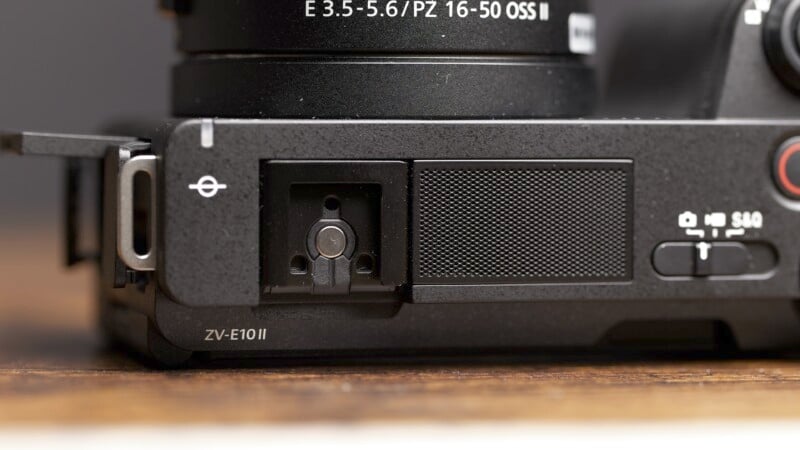
Sony offers a mic jack with a good pre-amp, the all important headphone jack, and a hotshot with support for Sony’s many audio accessories. There’s a good, 3 capsule mic built in, that can prioritize multiple directions, and a dopey looking but functional windscreen included in the box. The only criticism I can offer is that the audio levels are too small on screen when recording, and offer no indicator of when they will clip.
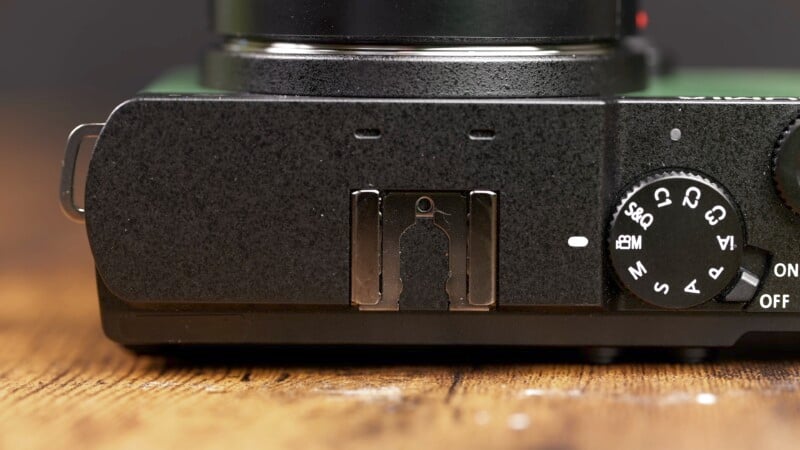
That’s a small gripe though, Sony cleans up here.
Battery Life:
The S9 uses Panasonic’s BLK22 battery seen in the latest S and G bodies. It offers passable battery life, at around little over an hour of record time.
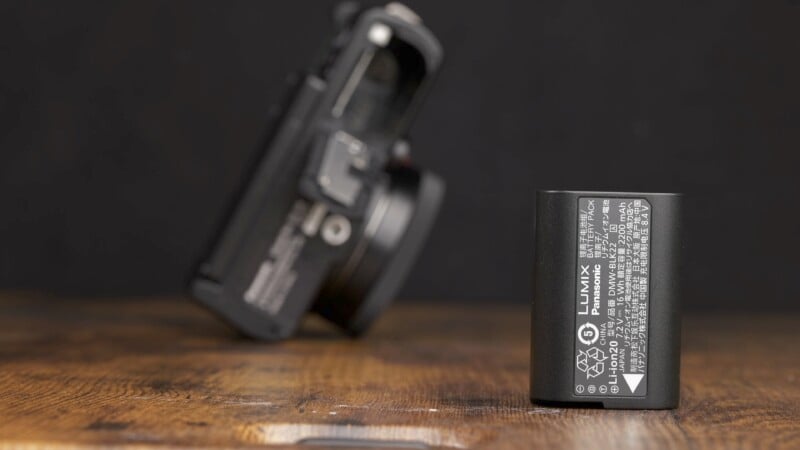
The Sony uses the beloved FZ100 battery, which is now found in almost all of their contemporary camera bodies. Battery life is consistently over two hours, which is very impressive. Sony easily wins here.
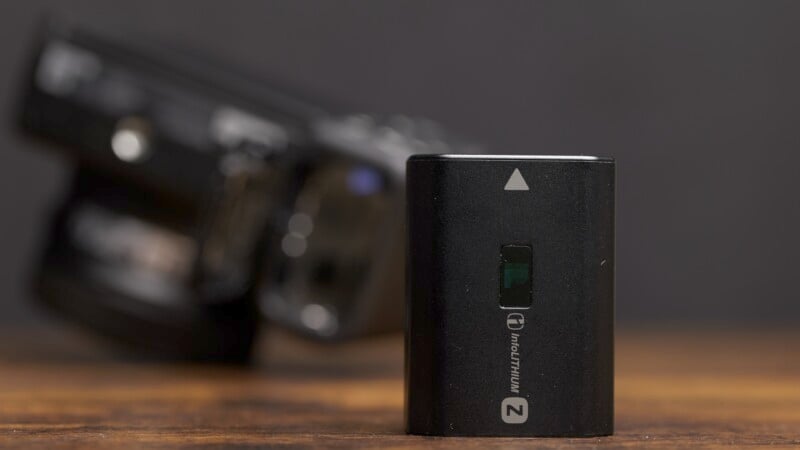
Image Quality:
Panasonic has class-leading video stabilization at this point and the S9 has no compromises. The IBIS system works great for stable shots, with the oddly named ‘Boost Mode’ (please call it ‘Static Mode’) or when moving the camera. Additional digital stabilization can be used with the tradeoff of a crop, but I rarely find it’s necessary.
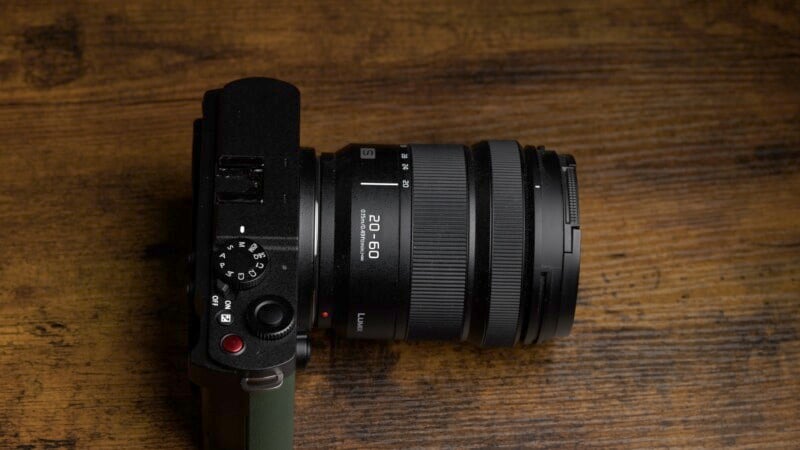
Sony ruffled a lot of feathers with the original ZV-E10’s lack of IBIS and they’re holding strong to that decision with the followup. Even with stabilized lenses, there’s a lot of bounce in the footage until Active Steadyshot is enabled. Even then, with standard, slower shutter speeds you will get odd blurry frames constantly. This make it look like the autofocus is struggling, but the whole frame is blurry, which is even worse. With fast shutter speeds, the quality is improved, but now your motion looks jumpy.
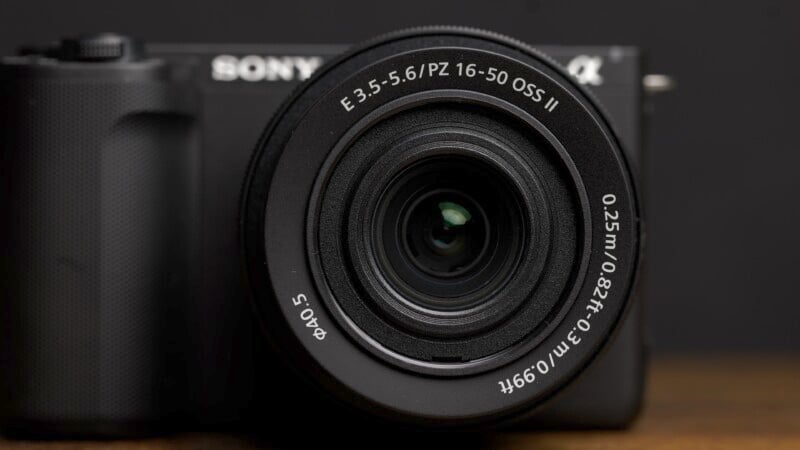
Simply put, if you plan to walk with the camera, the Panasonic mops the floor with Sony’s offering.
Lens Lineup
The full frame L-Mount on the S9 offers owners access to a large library of video optimized glass from Panasonic, and some incredibly sharp, but more photo-optimized lenses from Sigma. There are other small companies joining L-Mount, but Panasonic and Sigma are far and away the main players. The issue here is that it seems no one told Panasonic’s lens designers that a compact, budget body was on the way. Most options are large and expensive, and the barely functional 26mm f/8 manual focus, fixed aperture kit lens feels slapped together to meet the S9 launch. The alternative, very nice 20-60mm lens looks giant on the adorable S9 body. Sure, the are small lenses in the system, like Sigma’s lovely contemporary primes, but these aren’t cheap or video optimized.
Sony, on the other hand, has quietly fleshed out their APS-C lens lineup recently. They have a number of small, sharp wide angle primes to offset the APS-C crop, and there is wealth of wonderful third party options to be had for a reasonable price. I recommend the adorable Sigma 18-50mm f/2.8 C as a starting point.
Simply put, if you want a compact affordable video package, there’s a lot more to love in Sonyland.
Autofocus
The S9 is the latest Panasonic body to offer phase detect autofocus, which eliminates the distracting ‘pulsing’ effect Panasonic bodies were known for. With a single subject, the AF performs just as well as the higher end S5 II/X bodies, which is to say very well (check out our podcast on YouTube where I use the S5 II to see it in action). That said, it can become easily confused with multiple subjects, and can take a while to reacquire when it missteps.
The Sony ZV-E10 II uses Sony’s latest Bionz XR processor for auto focus, but lacks the ‘AI’ chip found in premium models. In my experience, AF is excellent in most situations, but the camera can occasionally second guess itself and briefly snap to the background or foreground. It can certainly be jarring. That said, the ‘Product Showcase’ mode which will focus on the closest face unless something is held up to the camera works very well, and will be incredibly useful for YouTubers and influencers demonstrating a product. Or showcasing a product. Which is why it’s called ‘Product Showcase’.
I’m giving the Sony a narrow win here. The AF works better for the target audience.
Price
The Panasonic S9 rings in at $1,500 body only, or $1,800 with the big but nice 20-60mm kit lens. Don’t worry about the price on the 26mm pancake kit, I really don’t recommend it.
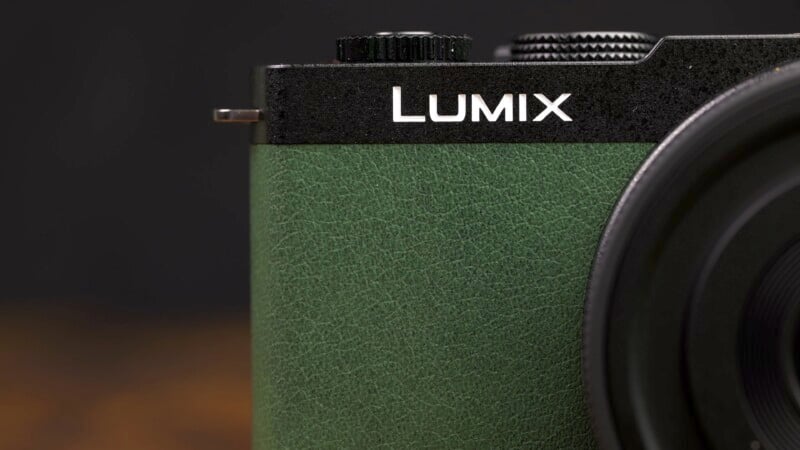
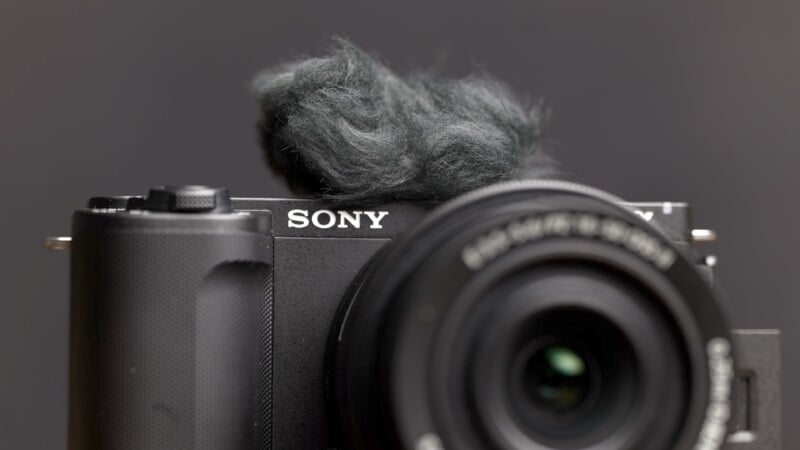
The Sony ZV-E10 II will set you back $1,000 for the body and $1,100 with the uninspiring but small and power-zooming 16-50mm kit lens. Simply put, it’s a lot less money to get up and running with the Sony package.
The Winner
The Sony has clearly won more categories here, but I think it’s also important to note the competition at both of these price ranges. There are very few current options at the $1000 range for creators. Competing with the ZV-E10 II are less expensive but also far less capable cameras like the Panasonic G100D and Nikon Z30. However, the $1,500 S9 is competing against the much more capable S5 II, also from Panasonic which is currently only $1700, as well as excellent APS-C cameras like the Fujifilm X-S20 for $1,300 and the Sony FX30 for $1,500 as well. Simply put, I think the Sony’s price and features make more sense for a lot more video shooters than Panasonic’s offering. After looking at this rundown, hopefully you’ll agree.
